个项目 projects for
篇文章 articles for
名合伙人 principals for
goa大象设计合伙人受邀在CCAF发表演讲
GOA’s Principal Is Invited to Address CCAF
2018.11.16
2018年10月20日,第25届“当代中国建筑创作论坛”在苏州举办,goa大象设计合伙人王彦作为特邀嘉宾发表了主题演讲。分享了goa大象设计近五年来在城市更新、城市再造领域的持续实践,并以丰盈·耕石艺术馆、上海大烟囱咖啡馆、夏虫咖啡馆三个项目为代表,阐述了goa大象设计面向城市更新问题所提出的“微再造”理念。
▲goa大象设计合伙人王彦在CCAF论坛现场
“当代中国建筑创作论坛”始创于1984年,迄今已成功举办24届,通过三十多年的运作和实践,集中了两百多位中国最优秀的建筑师和建筑理论家,为繁荣中国建筑创作具有十分积极的贡献。张锦秋、钟训正、马国馨、齐康、何镜堂、彭一刚、王小东、程泰宁、孟建民 、崔恺、何玉如、周方中、刘克良、时匡等多位中国工程院院士和建筑大师均是论坛的杰出成员 。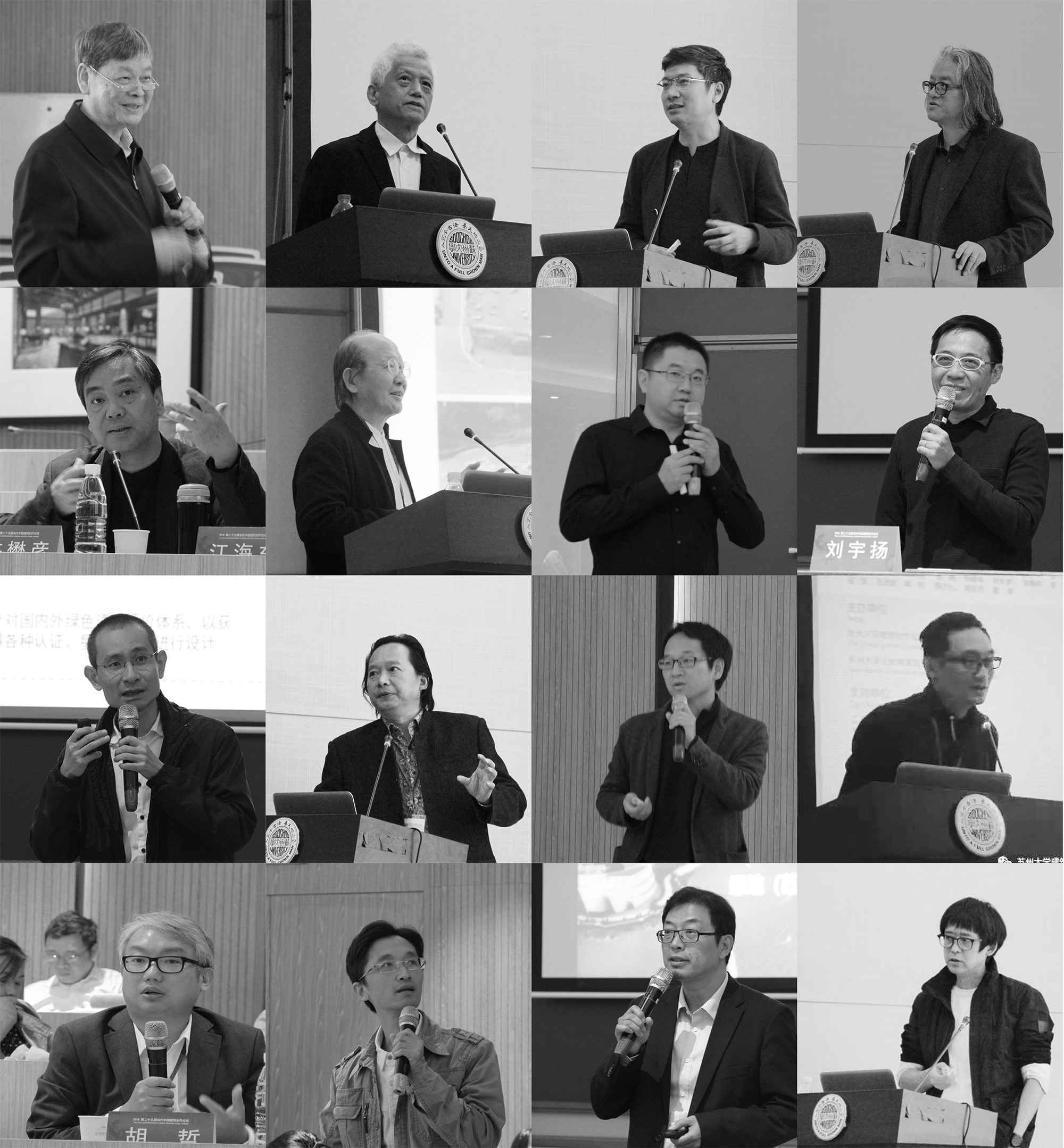
▲2018 CCAF部分演讲嘉宾
本届论坛主题为“营造与再造”,
goa大象设计合伙人王彦受邀以《微再造》为题发表主题演讲,并与东京艺术大学教授、日本建筑家协会会员北川原温、中国科学院院士吴硕贤以及刘伟庆、仲德崑、汤桦、王辉、章明、张应鹏、魏春雨、吴永发、黄琳、胡哲、周凌、江海东、刘宇阳、祝晓峰、傅筱、林秋达、杨海、许懋彦等二十余位中国当代建筑创作和理论界的领军人物围绕公共建筑塑造、乡村空间重建、绿色建筑发展、人居环境改善等议题展开探讨。
goa大象设计的城市更新实践
GOA Practice in Urban Renewal
近二十年来,goa大象设计以积极的态度参与了大量城市更新和再营造工作,
goa大象设计始终主张从城市、开发、使用三个维度开展设计思考,以灵活的手段为城市区域注入活力和价值。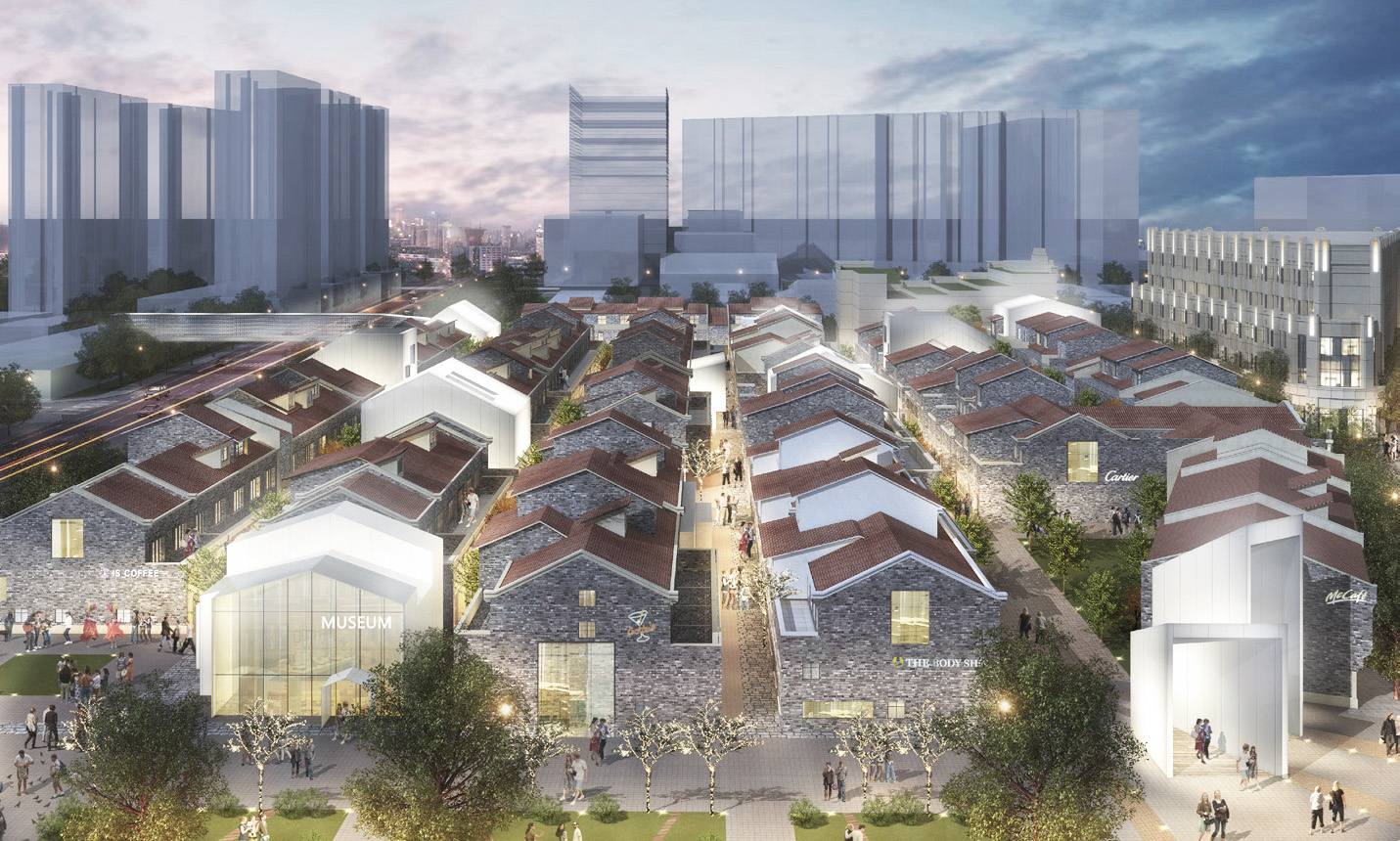
▲上海海伦路瑞康里城市界面改造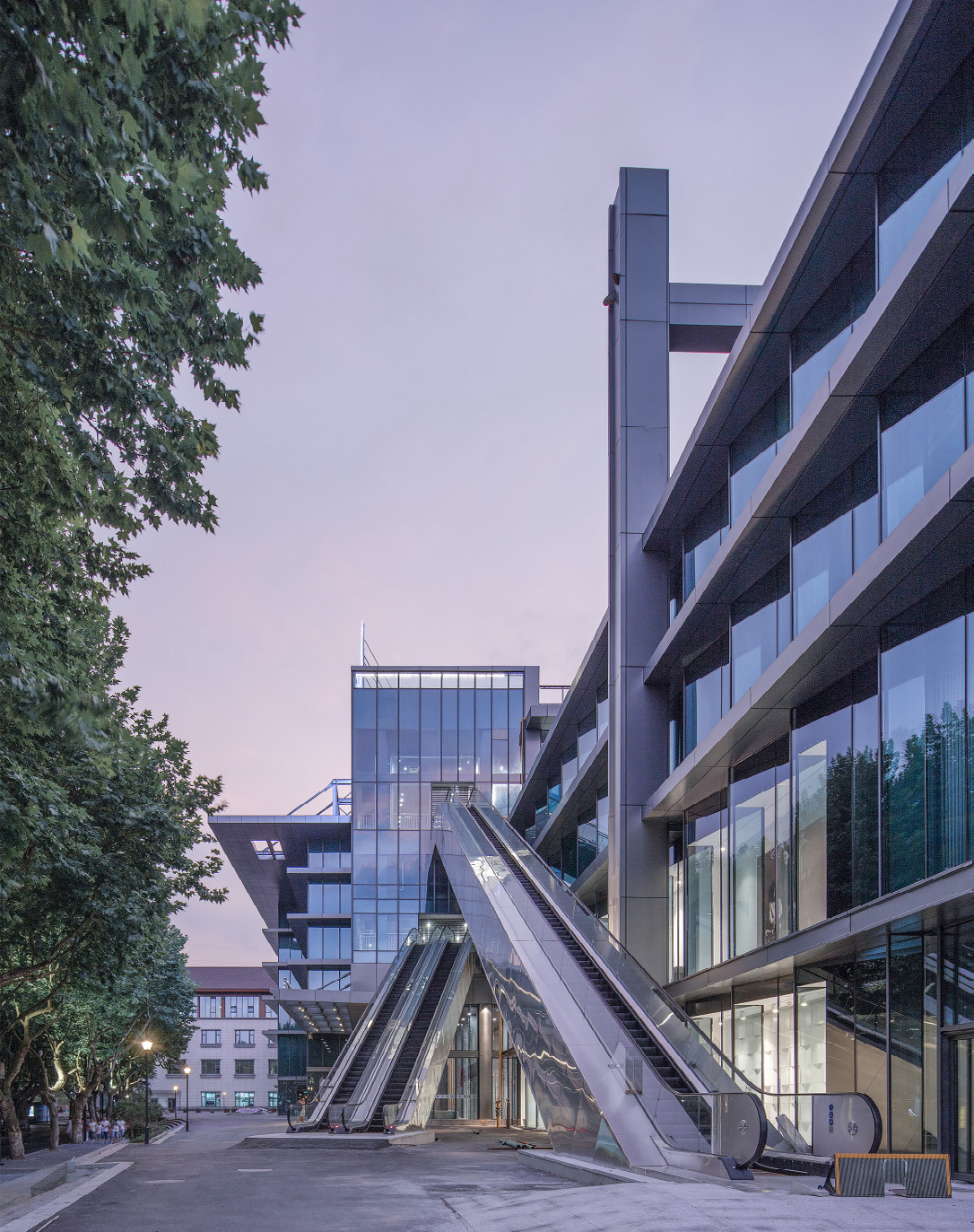
▲尚城1157·利星
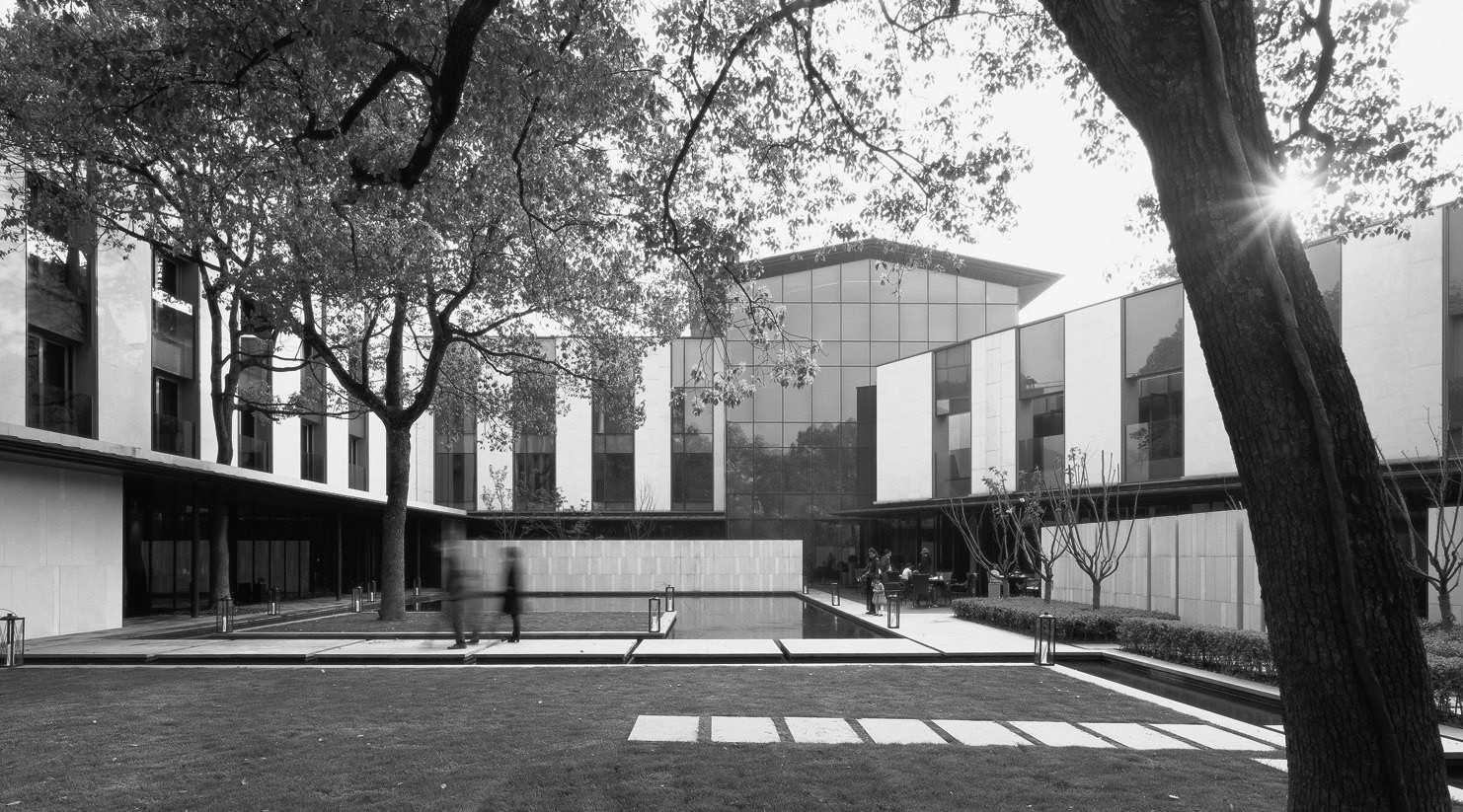
▲九里云松
在上海海伦路瑞康里城市界面改造、杭州尚城1157·利星商场、九里云松等项目中,
goa大象设计通过尝试新技术、新材料以及传统材料的创新工艺,不断挖掘更新营造的新载体;韧山水、城市泡泡等小型更新建造则强调城市精神在临时性建造中的体现和激活。
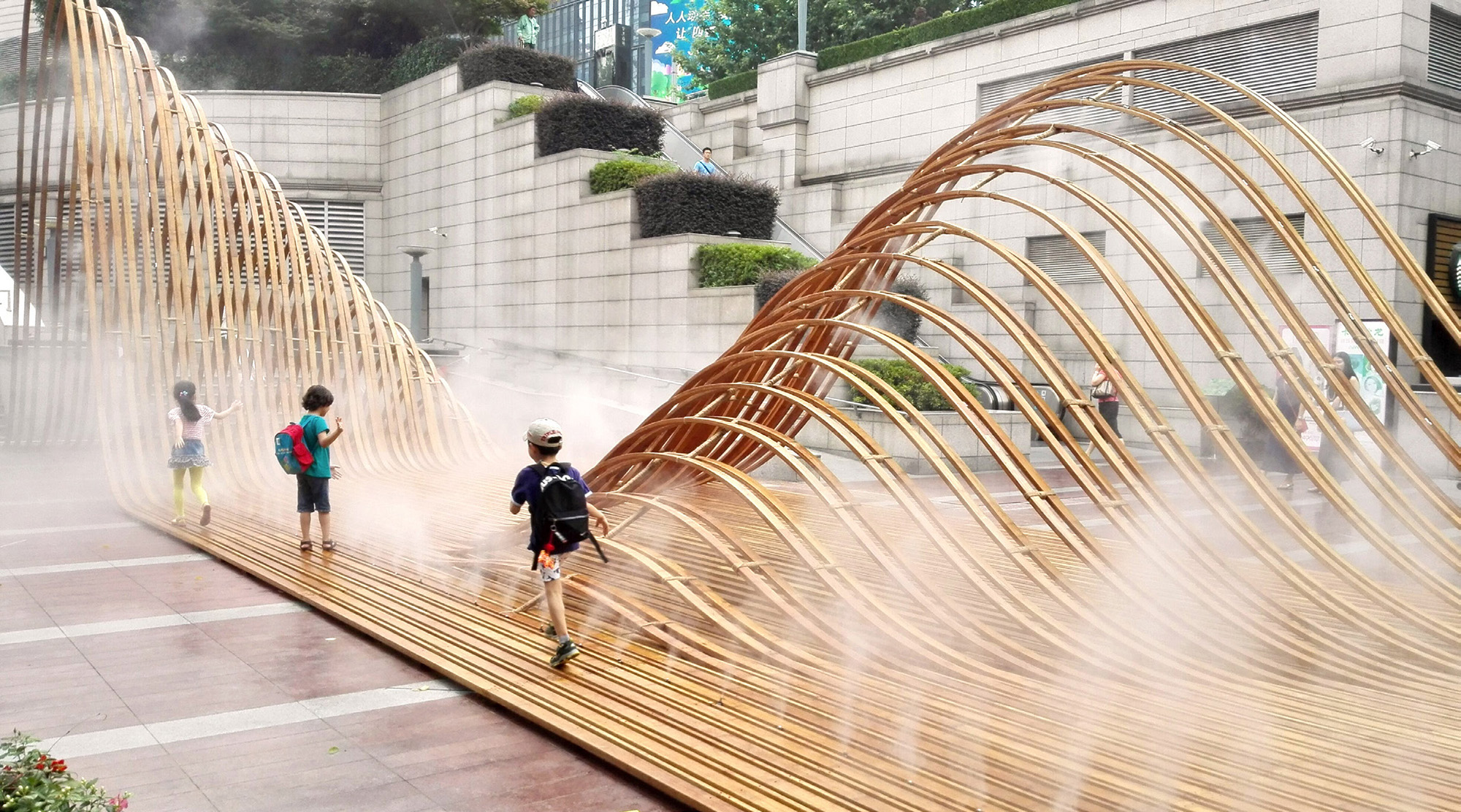
▲韧山水
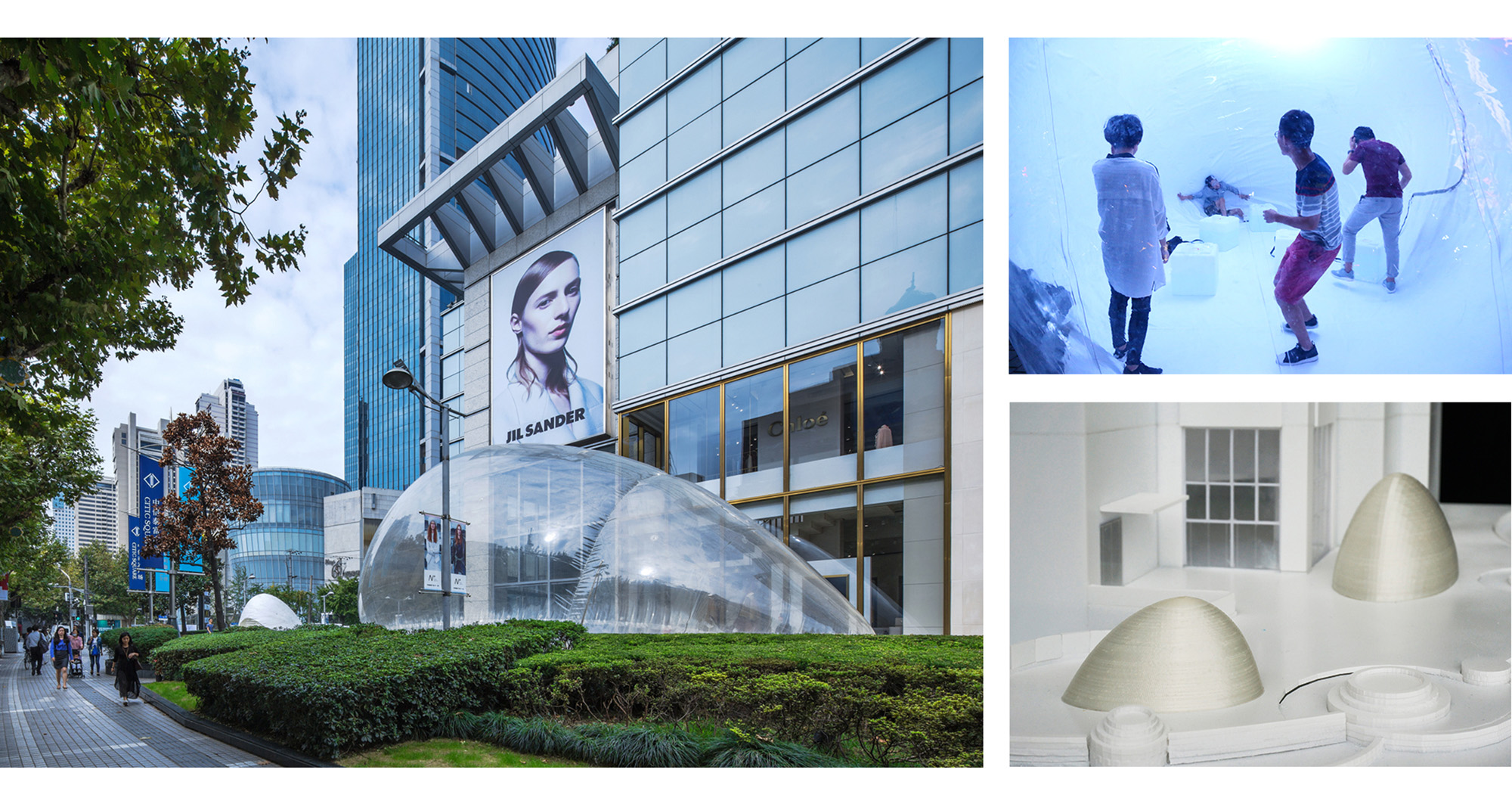
▲城市泡泡
微再造
Subtle Reforge
经过较长时期高速城市化,越来越多的新项目需要面临来自既有城市环境的严苛限制,丰盈·耕石艺术馆、上海大烟囱咖啡馆、夏虫咖啡馆就是其中极具代表性的三个项目,GOA大象设计在创作中强调了“微再造(Subtle Reforge)”更新策略的重要作用。
丰盈·耕石艺术馆
丰盈·耕石艺术馆位于福建崇武丰盈雕刻企业园区内,现场作业带来噪音和粉尘干扰,同时场地中部分旧建筑被要求保留。建筑师选择了内向化、弱设计的策略,通过极简的造型和内置庭院创造出幽雅、宁静的展陈空间。
大烟囱咖啡馆
在大烟囱咖啡馆项目中,首要问题是空间的限制——作为上海市油雕院一楼狭小空间的改造,咖啡馆场地内最窄处仅5m,且无法面向街道形成展示形象。
goa大象设计建筑师从传统园林布局中提取原型,通过曲折的路径和金属镜面材料营造出狭长地带的空间层次,尊重已建成的空间的同时巧妙的注入现代感。
夏虫咖啡
第三个项目“夏虫咖啡”是“VILLAGE VISION”未来乡村发展模式实验的一部分,项目地处江西省夏木塘村,目标是将当地一座土木结构传统民居改造为具有社区服务功能的空间。设计的挑战不仅来自老旧的既有构筑物,也来自当地建造能力和资金方面的困难。
采光不足是传统民居公共氛围匮乏的症结所在,但大面积的开窗在土坯砖墙体上无法实现,
goa设计团队创造性地提出以坚固透明的树脂制成砖并“织补”到原始墙体中,以极小的代价获得均匀的自然光线。
建筑师还模拟琥珀将竹编“昆虫”置入树脂砖之中,微小的创意让新旧材料之间、人与建筑之间建立起更丰富的对话。“微再造”理念使老建筑的传统形制和质朴底色得以保护,从而延续了建筑与当地人的情感连接,并形成契合于当代生活的精神氛围。
On October 20, 2018, the 25th Contemporary Chinese Architectural Forum (CCAF) was held in Suzhou. Wang Yan, Principal of GOA, delivered a keynote speech as a specially invited guest. He talked about GOA’s continuous efforts in the field of urban revival and regeneration. Using three projects, including Fengying·Stone Art Museum, Shanghai Chimney Café and Cricket Cafe, as examples, he discussed the concept of “Subtle Reforge” proposed by GOA for urban space renewal. 
Wang Yan, Principal of GOA, delivers a speech at the CCAF
The Contemporary Chinese Architectural Forum (CCAF) was founded in 1984. Now, it’s in its 24th year. Through more than 30 years of operation and practice, it gathers more than 200 top architects and architecture theorists in China to make positive contributions to the development of architectural projects in China. Academicians from Chinese Academy of Engineering and distinguished architects, including Zhang Jinqiu, Zhong Xunzheng, Ma Guoxin, Qi Kang, He Jingtang, Peng Yigang, Wang Xiaodong, Cheng Taining, Meng Jianmin, Cui Kai, He Yuru, Zhou Fangzhong, Liu Keliang, and Shi Kuang, are outstanding members of the forum.
Part of Speakers at 2018 CCAF
The theme of the forum was “Creation and Re-Creation”. Wang Yan, Principal of GOA, was invited to deliver a keynote speech entitled “Subtle Reforge”. He also discussed topics, including shaping of public constructions, reconstruction of rural spaces, development of eco-friendly architecture, and environmental improvement, with Athushi Kitagawara, professor at the Tokyo National University of Fine Arts and Music and member of the Japan Institute of Architects (JIA), and more than 20 leading architects and theorists in China, including Wu Shuoxian and Liu Weiqing, academicians from Chinese Academy of Sciences, Zhong Dekun, Tang Ye, Wang Hui, Zhang Ming, Zhang Yingpeng, Wei Chunyu, Wu Yongfa, Huang Lin, Hu Zhe, Zhou Ling, Jiang Haidong, Liu Yuyang, Zhu Xiaofeng, Fu Xiao, Lin Qiuda, Yang Hai, and Xu Maoyan.
For nearly two decades, GOA has been engaging in a wide range of urban renewal and regeneration projects with a positive attitude. GOA advocates approaching design projects from the perspectives of cities, development and purpose, and injecting vigor and value into urban areas with flexible solutions.
▲Renovation of Ruikangli, Hailun Road, Shanghai
▲Shining City Li Xing
▲PINS DELA BRUME
In projects such as Renovation of Ruikangli (Hailun Road, Shanghai), Shining City Li Xing and PINS DELA BRUME, GOA experimented with new techniques, new materials and innovations of traditional materials to explore new possibilities of space renewal. Besides, its small-sized urban space renewal projects, such as Resilient Hills and Waters, and City Bubbles, highlight the representation and promotion of urban spirits in temporary constructions.
▲Resilient Hills and Waters 
▲City Bubbles
Subtle Reforge
After a long period of rapid urbanization, new projects are confronted with rigorous constraints from the existing urban environment. Among them, Fengying·Stone Art Museum, Shanghai Chimney Café and Cricket Cafe are three representative projects. In designing them, GOA emphasized the important role of the renewal strategy called “Subtle Reforge”.
Fengying·Stone Art Museum
Fengying·Stone Art Museum is located inside Fujian Chongwu Fengying Sculpture Enterprise Park. As onsite construction could cause noise and dusts, and part of the old building at the site was required to be kept, the architects chose a minimalist design approach while enriching the internal dimensions. Through a simple shape and a well-designed internal courtyard, an elegant and serene exhibition space is thus created.
Shanghai Chimney Café
For the project of Shanghai Chimney Café, the biggest challenge was the limited space. The architects were asked to renovate a narrow space on the first floor of SPSI Art Museum. The narrowest part of the site was only 5 meters wide, and it’s impossible to create a café directly facing the street.
GOA’s architects extracted elements from traditional garden layouts, and created a narrow and long construction by making use of winding paths and metal mirror materials, demonstrating their respect for the existing space while ingeniously adding modern elements.
Cricket Café
The third project, “Cricket Cafe”, is part of Village Vision, a future rural development model experiment program. It’s located at Xia Mutang Village, Jiangxi Province, with aim to transform a private house built with wood and mud into a community service space. The challenges included the existing old construction, local building capabilities and limited funding.
Insufficient lighting is the major problem of traditional private houses. As it’s impossible to make large windows on walls made of sun-dried mud bricks, GOA’s design team came up with the creative idea of inserting bricks made of solid and transparent resin into the existing walls. In this way, evenly distributed natural lighting is achieved at a minimal cost.
Mimicking amber, the architects even embedded “insects” into resin bricks, thus creating an interesting interaction between new and old materials, and between man and construction with a small idea. The concept of “Subtle Reforge” helps to retain the traditional shape and rustic color of an old building, and ensure a sustained emotional connection of the building with local people, forming a spiritual atmosphere compatible with modern life.
更多文章 More Articles
goa新闻 | 王彦、卿州受邀出席RIBA City Room圆桌
GOA News | Wang Yan and Qing Zhou Invited to Attend RIBA City Room Roundtable
2025.03.27
goa新闻 | 总建筑师张迅受邀参与 Mechele De Lucchi The Equation 美院讲座
GOA News | Zhang Xun was Invited to Speak at Mechele De Lucchi's "The Equation" Lecture at China Academy of Art
2025.02.18
goa奖项 | 天目里荣膺2024年亚洲建筑师协会建筑奖金奖
GOA Awards | OoEli Wins the 2024 ARCASIA Gold Medal for Architecture
2025.02.14
goa新闻 | 新湖·天潼198荣获REARD城市更新类别金奖
GOA News | Xinhu·Tiantong 198 won the REARD Gold Award in the Urban Renewal category
2025.01.06
goa新闻 | 「城市更新策略与实践」研讨会回顾
GOA News | "Urban Renewal Strategies and Practices" Seminar Recap
2024.10.11
goa新闻 | “象·新:多元视域下的城市更新实践”展览开幕
GOA News | Group of Architects: Urban Renewal Practices under Multiple Perspective
2024.08.01